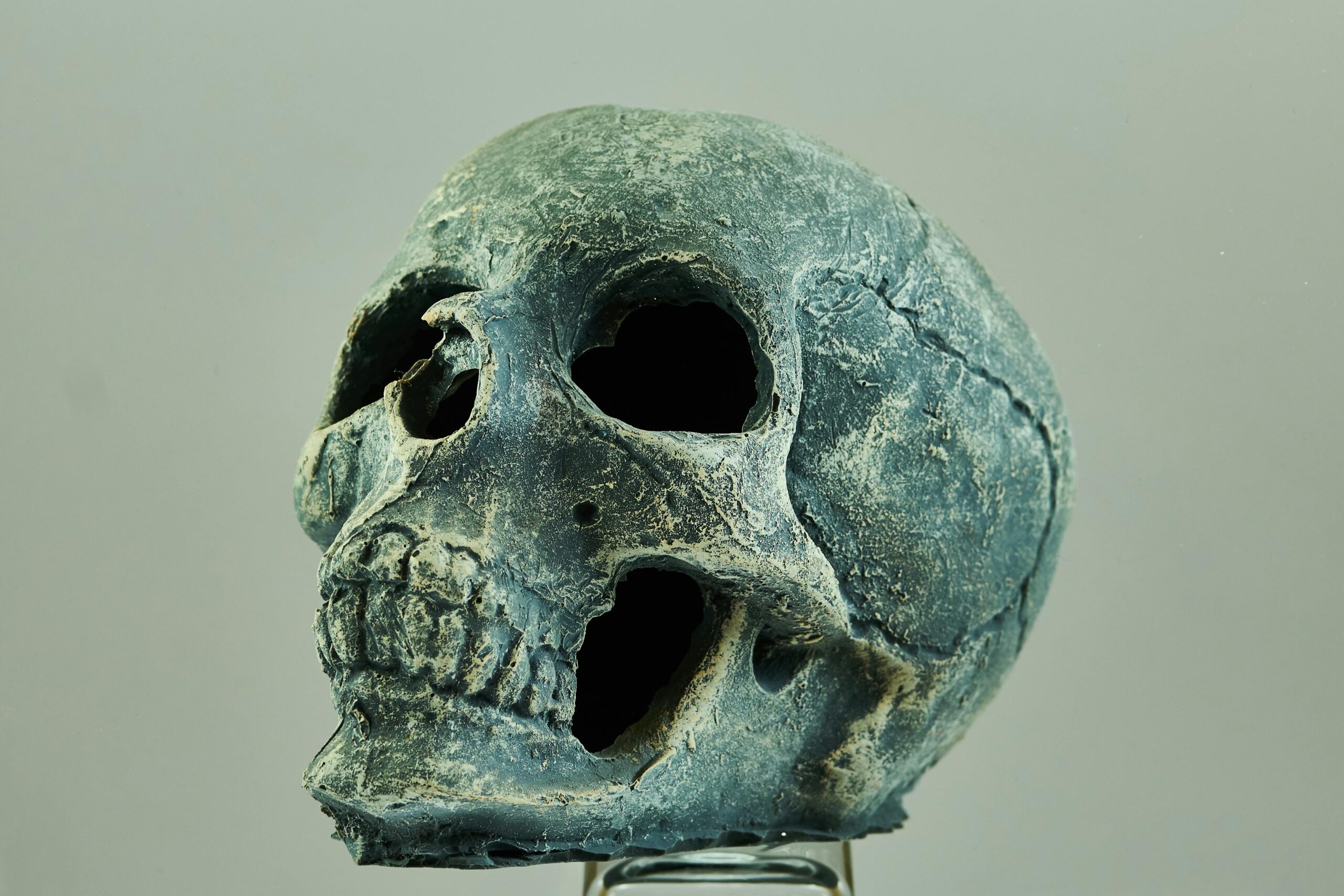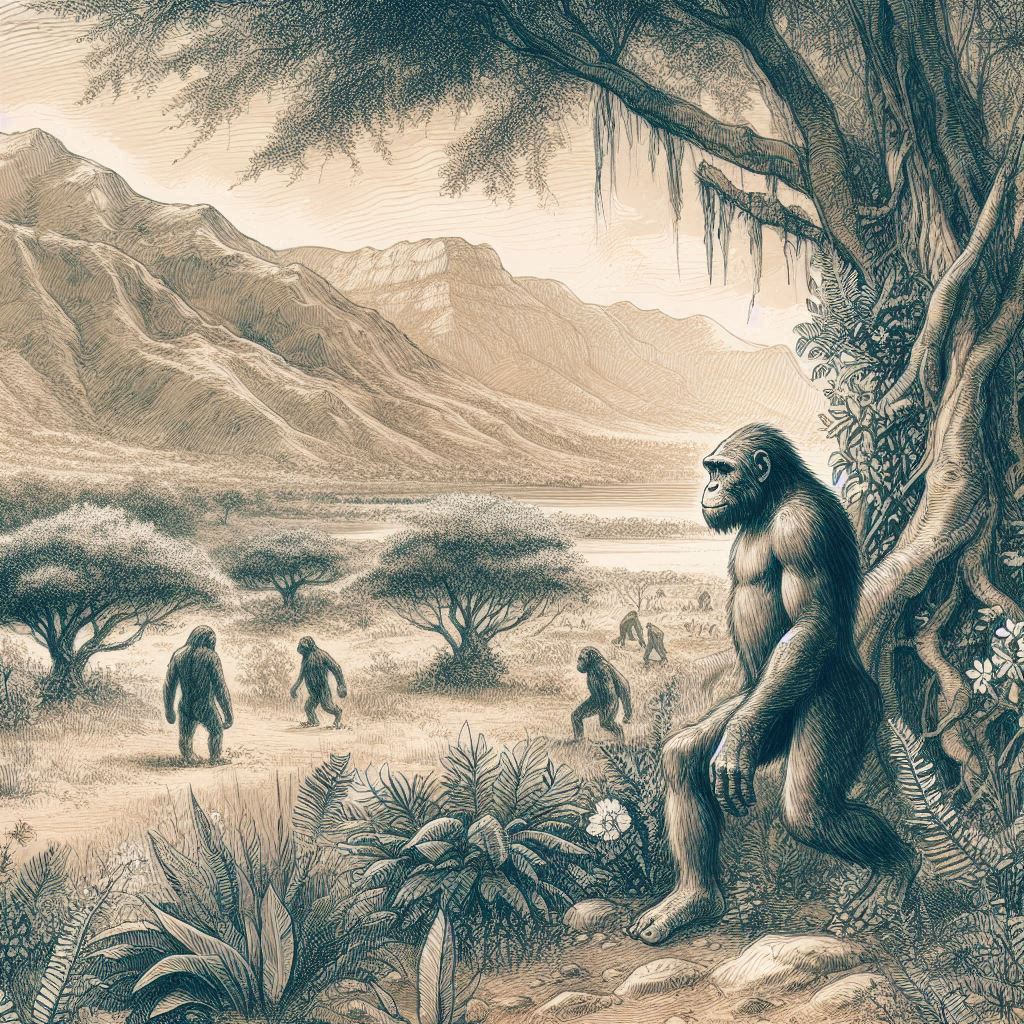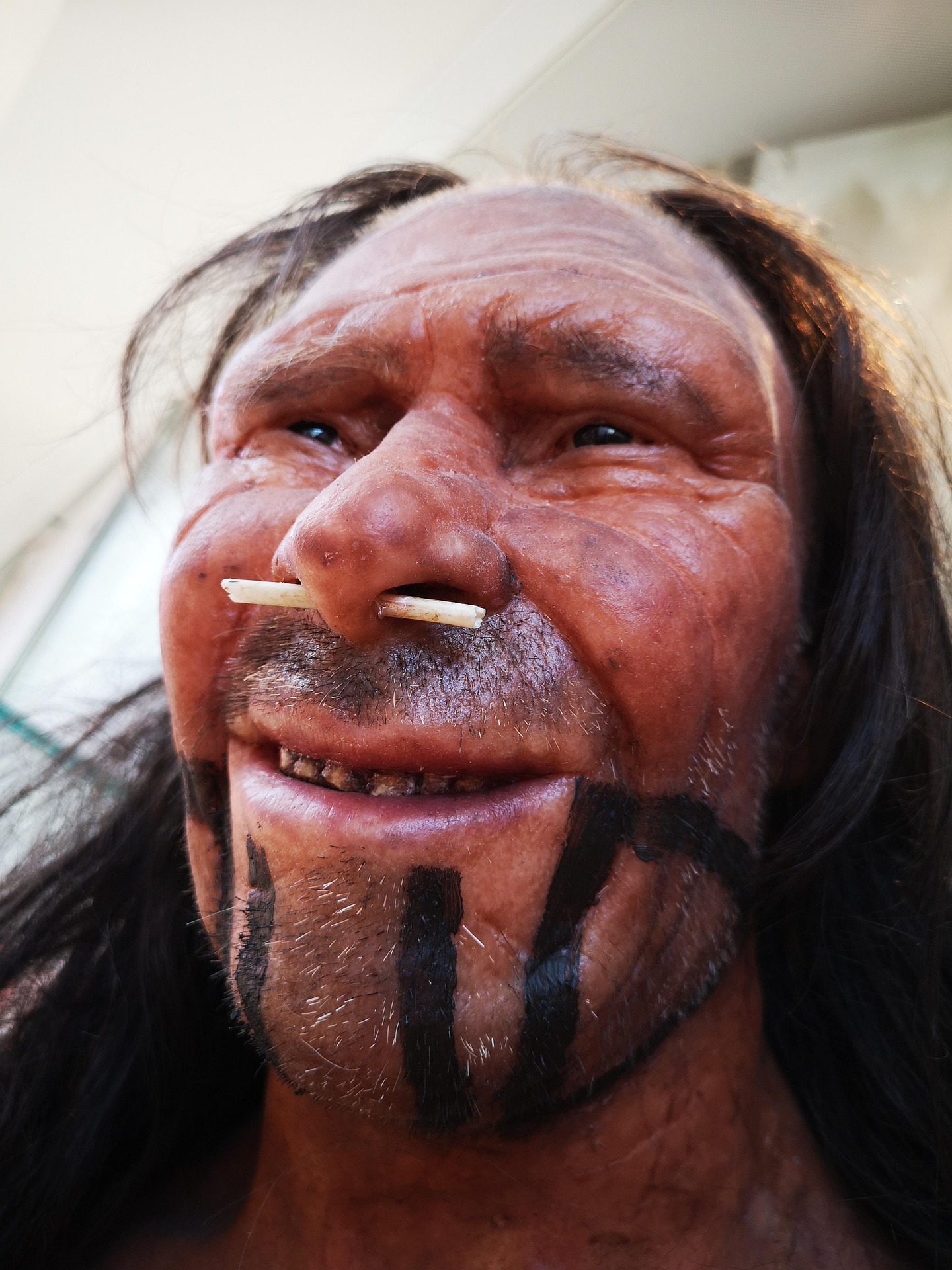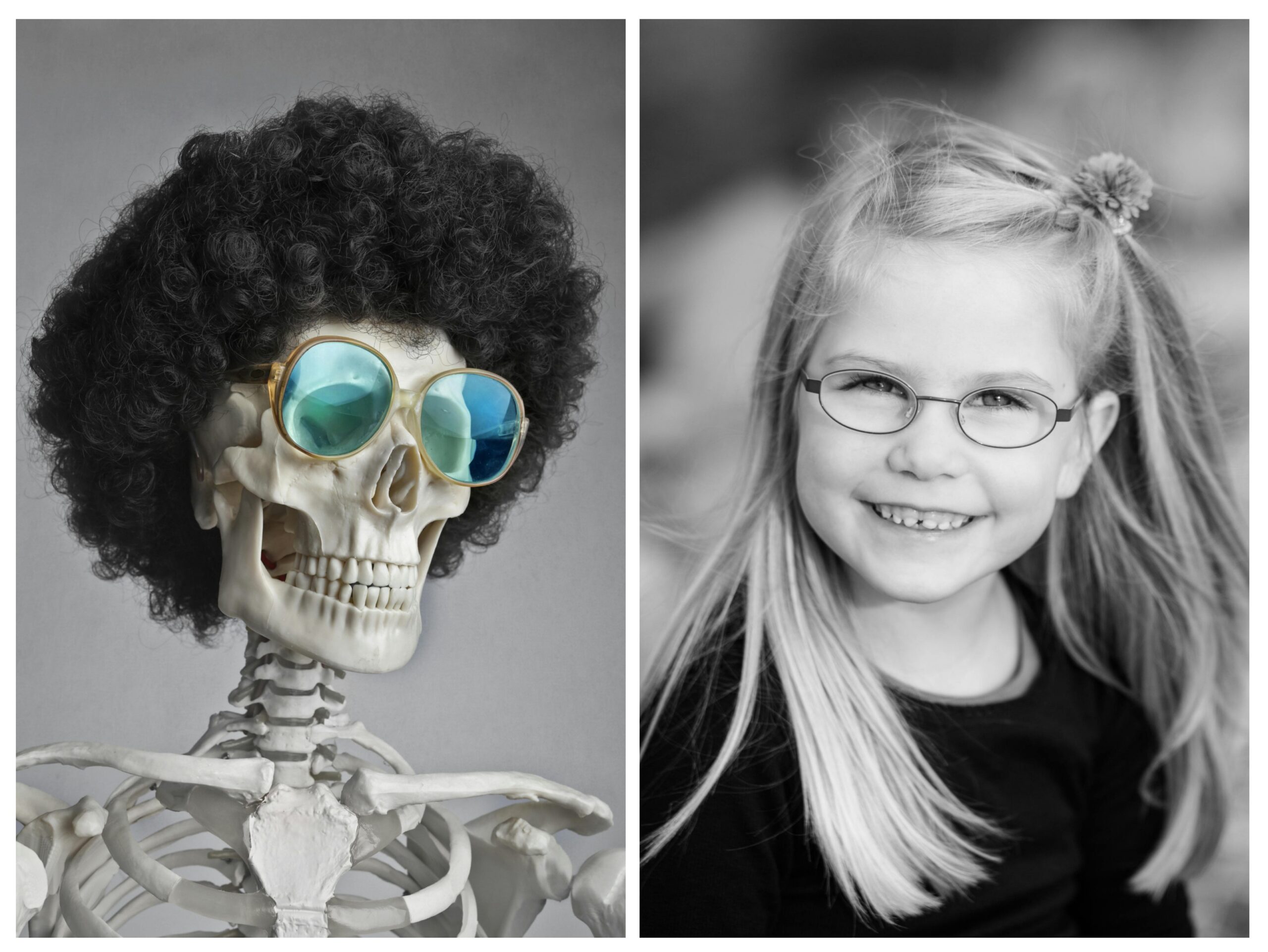Tag: aDNA
-

Ancient DNA reveals the Huns’ Lost Origins
(Decoding the Huns by ancient DNA) For centuries, the Huns have been covered in mystery. These wild and extreme warriors, who marched into Europe in the 4th and 5th centuries, The Huns, known for violence, were thought to be from the Xiongnu Empire. Empire of Central Asia. The idea was that the Huns were descendants…
-

Intertwined sheep and humans over millennia
Coevolution of sheep and humans over millennia(10,000 years old period). By studying ancient DNA, we have found that sheep and humans have been co-evolved. Biology of sheep has an important role in shaping the human civilization. It has helped explain, the human history, culture and survival. Different international research teams from different academic backgrounds including…
-

Greenland’s sediment DNA
The Kap København Formation in northern Greenland is a basic site for the study of ancient DNA (aDNA). In 2022, a study found the recovery of 2-million-year-old DNA from these sediments, making it the oldest DNA ever sequenced. This discovery has provided unmatched insights into the ecosystems of the early Pleistocene, a time when Greenland’s…
-

Archaic Hominin Admixture
Archaic Hominin Admixture: Paleogenomic studies have found that modern humans interbred with Neanderthals and Denisovans, and that some of us carry DNA from these archaic hominins. Among the discoveries of Paleogenomics, is the evidence of interbreeding between modern humans and archaic hominins like Neanderthals and Denisovans. These are extinct human relatives who lived alongside or before early…
-

Genes of ancients
Genes of ancients: aDNA helps reconstruct the genomes of extinct species like Neanderthals and Denisovans. By comparing their DNA with modern humans, scientists can determine how closely related we are and identify genes that make us uniquely human. Tracking genetic changes over time: aDNA reveals how genes have changed and evolved in response to environmental…
-

aDNA vs Modern
Ancient DNA (aDNA) and modern DNA differ in many aspects due to the degradation processes that aDNA undergoes over time. We can compare on the bases of Integrity, modern DNA, Typically, well-preserved and intact, existing as long, continuous strands. Ancient DNA, Highly fragmented due to chemical and physical degradation (e.g., exposure to oxygen, water, temperature…
